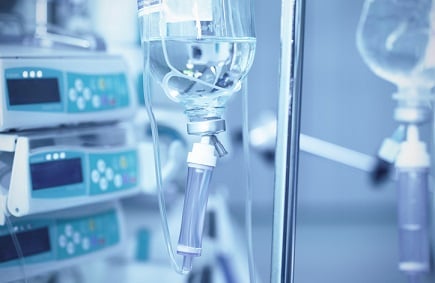The model was developed to help life insurance providers quantify risks and make decisions

Whether or not insurers are able to require genetic test results from applicants, they face a serious challenge: determining the risk of mortality for people who have or previously had a serious genetic condition. But new research from the Netherlands may provide a solution.
“In the Netherlands, most applications for life insurance are accepted, but not for cancer survivors,” said Marissa van Maaren, a researcher at the Netherlands Comprehensive Cancer Organisation (IKNL). “A lot of former breast cancer patients are rejected for life insurance or subjected to higher insurance premiums. Others might not even apply for life insurance because they might think they do not have a chance of being accepted.”
To address this problem, the Dutch Association of Insurers and the Dutch Federation of Cancerpatient Organisations asked IKNL to create a model predicting the extra risk of death among breast-cancer patients and survivors. The researchers took information on over 23,000 women diagnosed with breast cancer in 2005 and 2006. Information such as age, year of diagnosis, and stage of breast cancer was obtained from the Netherlands Cancer Registry. The patients were compared with the general Dutch population.
“We were interested in the excess risk of death for breast cancer survivors, so the risk of death in the patient population minus the risk of death in the general Dutch population,” van Maaren said. “We also wanted to take into account the number of years survived after diagnosis.”
Van Maaren was able to create 30 prediction models, which were adjusted to take account of factors such as breast cancer type, whether it had spread to lymph nodes, age at diagnosis, and treatments that had been used. All the models were combined into one that, for every stage of disease, showed the excess risk of death a patient carried in the first ten years compared to the general Dutch population. Importantly, it accounts for the fact that survival rates improve with each passing year after diagnosis.
“This could result in lower premiums as the years go by, although the exact premium may vary depending on the insurance company,” van Maaren said.
Dutch insurance companies are testing the newly developed model by comparing its results with those from old data, and then determining its potential impact on one’s eligibility for life insurance as well as their premiums. After all stakeholders in the project have discussed the results and determined the model to be valid, it could be implemented.
Van Maaren doesn’t expect that the model would yield very different results when applied to populations in other countries. However, Professor Isabel Rubio, co-chair of the European Breast Cancer Conference and director of the Breast Surgical Unit at Clinica Universidad de Navarra in Spain, said the research “would need to be re-worked for populations in other countries.”
“It does appear to be a useful tool that might help former patients lead more normal lives and caregivers could use this information to better inform survivors about their actual prognosis," Rubio said.



